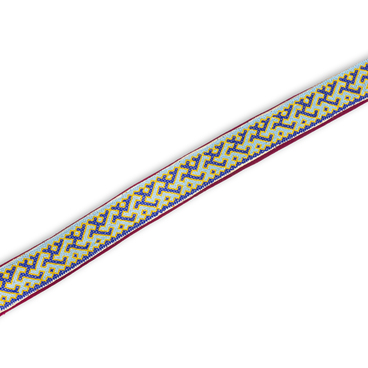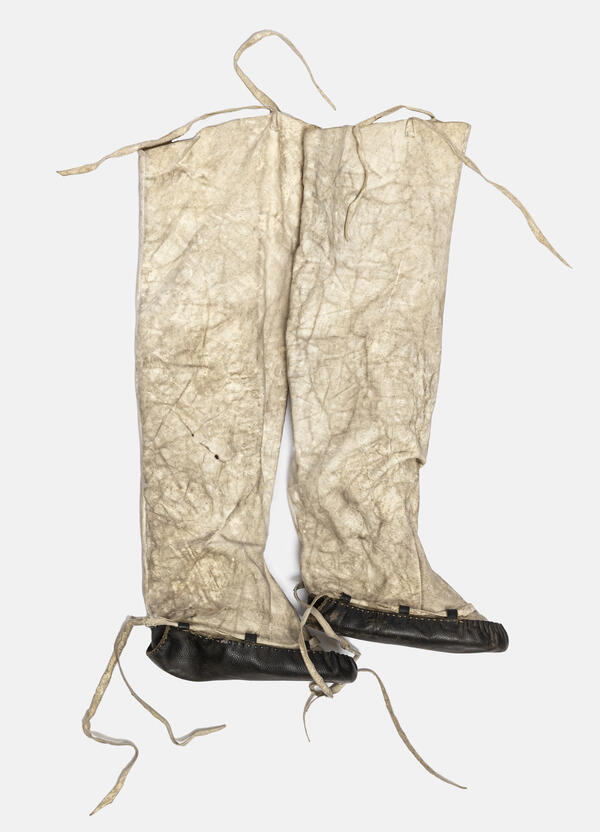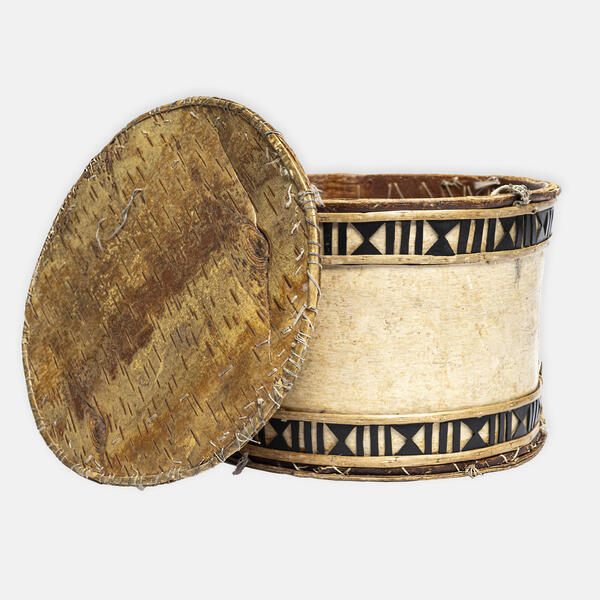The indigenous peoples of the North have a respectful attitude toward children as the continuation of the family. They believe that children are not to be punished or scolded. Boys and girls are raised in the traditional way and taught to become hunters and housewives. They study society’s rules and everyday skills by imitating adults. This parenting system has been maintained to this day.
Young boys study to become reindeer herders, hunters, and fishermen. At an early age, they get their own personal belt with symbolic attributes, including a sheath, a whetstone pouch, and amulets. They are taught how to use a lasso, a knife, and an ax, how to navigate in the wilderness, and how to recognize the tracks and habits of animals.
Little girls learn to be good housewives and study handicrafts — the most important skill for a woman in the traditional society of the northern peoples. In the North, they say that a happy person is a person who has good clothes. From the age of one to five, Khanty, Mansi, and Nenets children wear the national fur garment — the malitsa.
A malitsa is a fur coat, usually sewn with fur inward. It is put on over the head, which is practical because the malitsa does not open even when the wind is strong or when a child is running. The hood and mittens are sewn to the malitsa, leaving few areas of the body exposed and protecting the child from cold.
A children’s malitsa can be colorfully decorated with national patterns. The hood is made of the skin from a deer’s head and preserves the natural contours of the eye sockets and holes of the horns and ears. All these parts are decorated with patterns, strips of fur, and colorful cloth.
Every element in the traditions of the indigenous peoples of the North has some purpose, every sign and symbol has a deep meaning. The way in which the natural contours of the deer head skin are preserved and decorated indicates that humans and reindeer are inseparable — they accompany each other throughout their lives. Children love their malitsa shirts for their colorful decorative patterns and bells that ring cheerfully. Their sound also informs parents that the child is nearby, and everything is well.
After turning five or six, boys and girls begin to
wear clothes of different cuts, more appropriate for each gender and
occupation. Along with new clothes, children acquire a certain social role
which they try to fit in with.






